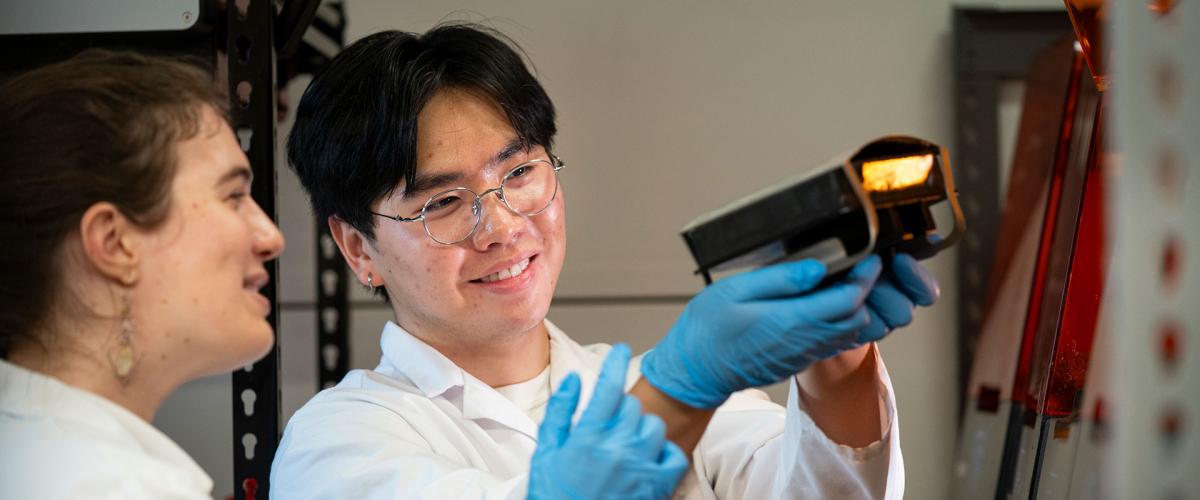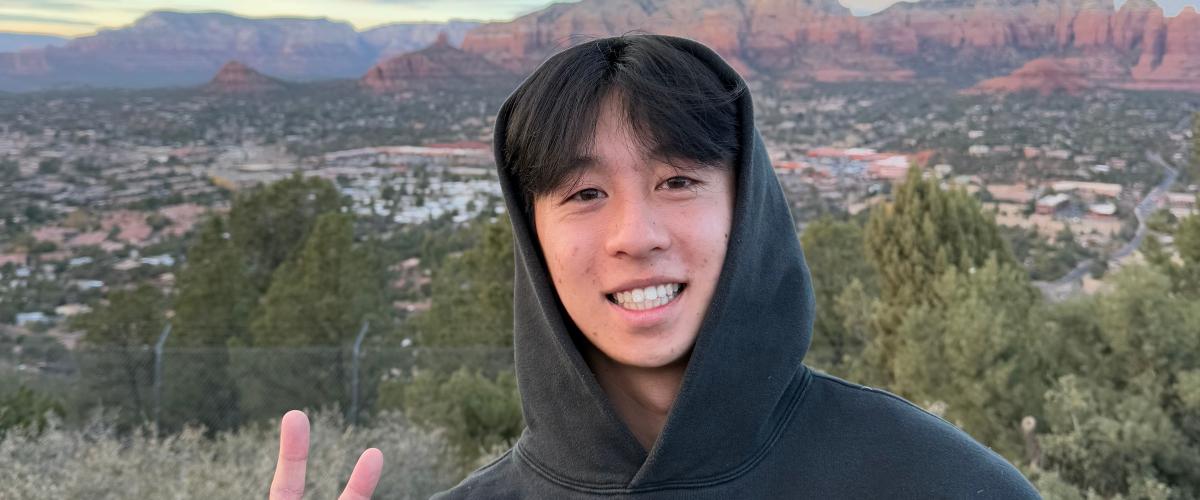
Here’s how to level up your elevator pitch
With summer internships in full swing—and fall career fairs just weeks away—Case Western Reserve University students are introducing themselves to supervisors, mentors and recruiters at lightning speed. That’s where a tight, well‑told elevator pitch comes in handy: a 30‑second story that sparks curiosity and secures the next conversation.
That “story” piece is non‑negotiable, according to William Tavel, entrepreneur-in-residence at CWRU’s Veale Institute for Entrepreneurship.
“A compelling elevator pitch really is one thing: a story,” he explained. “When you look at giving a pitch as a chance for narrative storytelling via a monologue from an actor instead of a business presentation, all of sudden you approach the process entirely differently.”
The Daily connected with Tavel to find out how to craft the perfect elevator pitch ahead of a new wave of on‑campus networking events, interviews and internship opportunities this fall.
Why—and who—should care?
Tavel coaches students to lead with context (“the why”) and finish with purpose (“the ask”). Too many presenters, he warns, skip both.
A listener who doesn’t know why they should care—or what you want them to do—won’t remember much once the doors reopen, he said.
In Tavel’s view, the delivery should adapt to the setting. A formal competition might warrant a polished script, but a quick elevator ride in Nord Hall? That calls for conversational energy.
“So often new founders feel they need to stick to a script. This can lead to pitches feeling forced, unnatural, and disjointed,” Tavel noted. He suggested viewing each pitch as a living tale that changes with the audience, peppered with guiding questions to draw listeners into the journey.
Think heroic quest, not slide deck
And while pitching is synonymous with startups, its reach is broader. To him, pitching is the art of creating a narrative story for your objective. Job interviews, research collaborations, even project proposals inside large organizations are all variations on the same craft.
He’s seen the payoff firsthand: a student whose 30‑second pitch caught a nonprofit leader’s ear and secured a meeting on the spot; another who was invited to dinner with investors hours after a networking event. The pitches didn’t close those deals—execution did—but they opened the necessary doors.
Next time you get on an elevator, when the doors glide shut and the level numbers start ticking, skip the floor‑button stare. Break the silence with your story’s opening line, finish with a clear ask—and step out knowing those few seconds may have just landed your next big opportunity.




